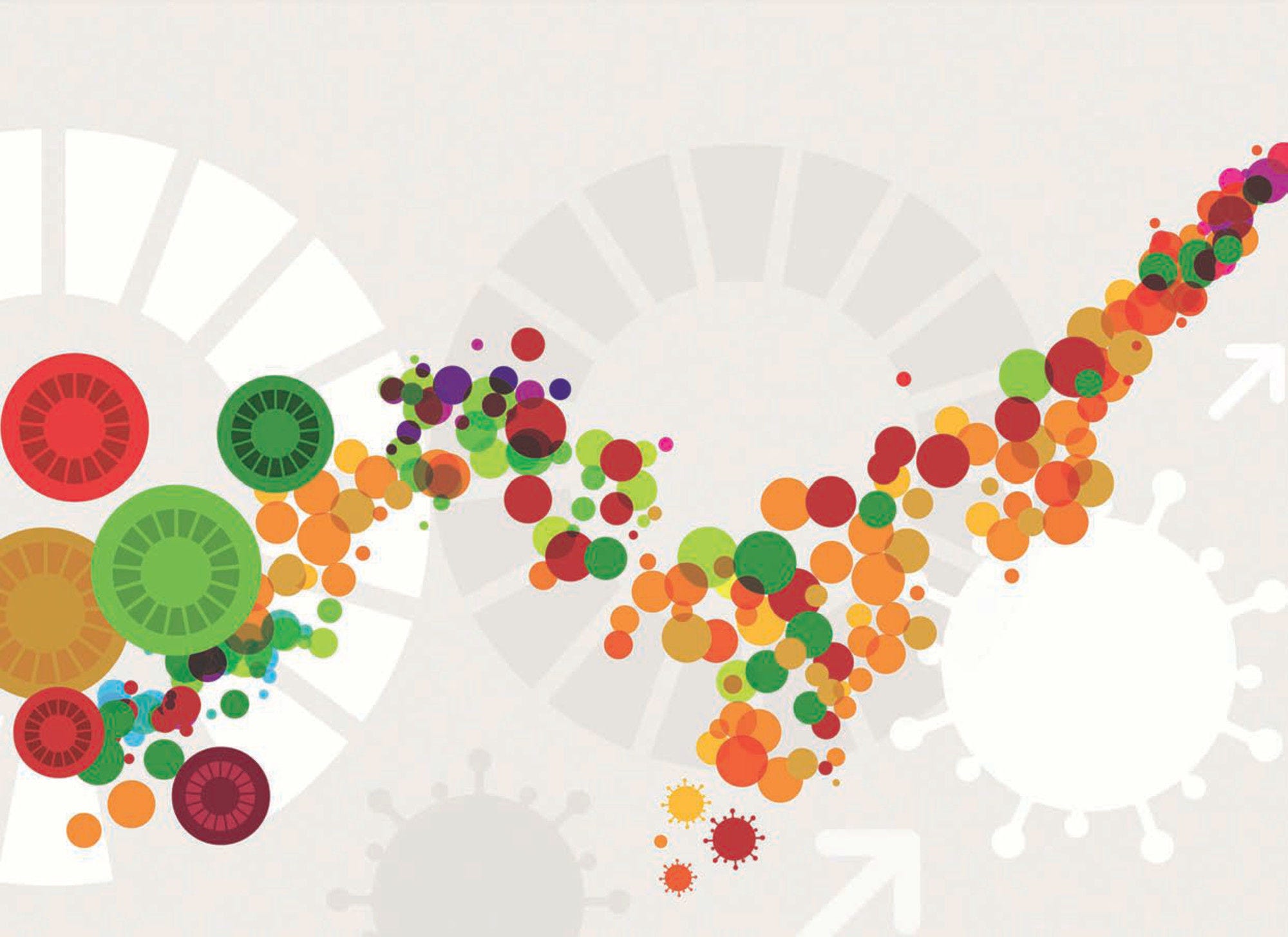Ethiopian society, economy and environment are so intimately interlinked that systematic attention is essential if clashes are to be resolved and synergies realised. For example, the majority of poor people are principally dependent on agriculture but, in turn, society is dependent on farmers managing land well to sustain water supplies, biodiversity and other environmental services. Such relationships are dynamic and increasingly intense: climate change, rising population, resource scarcities and price volatilities put them all under pressure. An integrated perspective that works operationally is needed – one that makes economic, social and environmental sense and that inspires stakeholders. The holistic approach that the Ethiopian Government has recently developed aims to tackle the problems inherent in growth paths that produce environmental problems, and to realise potentials from investing in Ethiopia’s natural assets. For example, the country’s agricultural products and potential for green hydroelectric power are unique attributes that could drive development in ways that are environmentally sound and provide new jobs and satisfying livelihoods...
Making Growth Green and Inclusive: The Case of Ethiopia
Working paper
OECD Green Growth Papers

Share
Facebook
Twitter
LinkedIn
Abstract
In the same series
-
 Working paper27 May 2022
Working paper27 May 2022 -
 31 January 2020
31 January 2020 -
 29 March 2019
29 March 2019
Related publications
-
 11 September 2024
11 September 2024 -
 Working paper13 September 2017
Working paper13 September 2017








